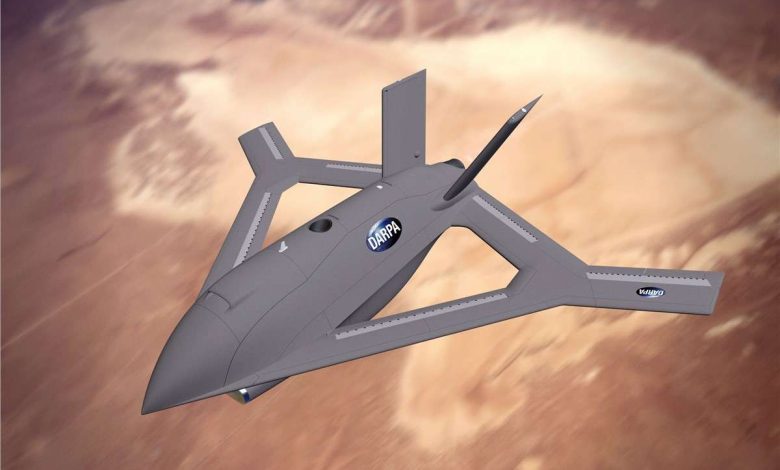
Aurora Flight Sciences Chosen by DARPA for Groundbreaking Phase 2 of X-Plane Active Flow Control Project
DARPA has chosen Aurora Flight Sciences to progress into the meticulous design stage of the Control of Revolutionary Aircraft with Novel Effectors (CRANE) initiative. This advancement follows the successful conclusion of the project’s Phase 1 initial design, which produced a groundbreaking testbed aircraft that utilized active flow control (AFC) to create control forces during wind tunnel evaluations. Phase 2 will concentrate on the comprehensive design and enhancement of flight software and control systems, leading to an essential design review of an X-plane demonstrator capable of flying without conventional moving flight controls on the outside of the wings and tail.
The agreement encompasses a Phase 3 option wherein DARPA aims to conduct flights of a 7,000-pound X-plane that tackles the two main technical challenges of incorporating AFC into a full-size aircraft and depending on it for managed flight. Distinct features of the demonstrator aircraft will consist of interchangeable wing designs that facilitate the future addition of cutting-edge technologies for flight assessments, either by DARPA or prospective transition allies.
“Throughout the past few decades, the active flow control sector has made notable strides that allow the integration of active flow control innovations into modern aircraft. We are optimistic about finalizing the design and flight testing of a demonstration aircraft with AFC as the key design parameter,” commented the CRANE Program Manager Richard Wlezien. “With a modular wing design and adaptable AFC effectors, the CRANE X-plane is positioned to serve as a national test asset long after the CRANE initiative has been completed.”
The AFC suite of technologies provides numerous opportunities for enhancing aircraft performance, such as the removal of moving control surfaces, drag minimization, and high angle of attack operations, alongside thicker wings for structural efficiency and improved fuel capacity, as well as simplified high-lift mechanisms.
“Thanks to a diverse array of innovative contributors, the CRANE program has noticeably progressed the state of the art in various active flow control technologies,” stated Wlezien. “We are strategically positioned to build upon these successes by examining a broad spectrum of pertinent technologies during our anticipated X-plane flight evaluations.”






